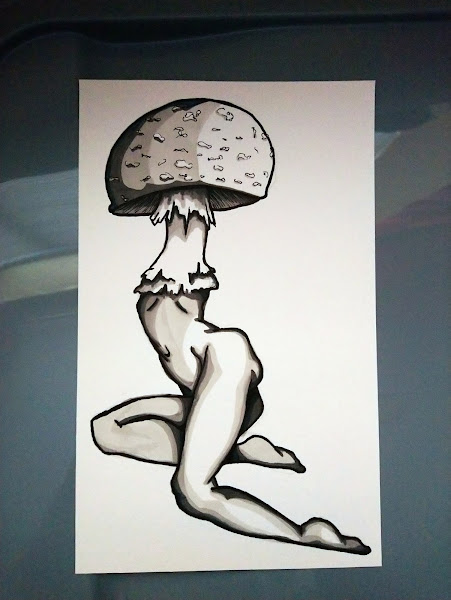Sympathetic Magic - Pitt Rivers Museum

Sympathetic Magic Pitt Rivers Museum - Oxford Links used to find and learn about the exhibit: https://romanmagic.wordpress.com/2016/06/10/magic-the-pitt-rivers-museum-a-reflection/ https://guerillaarchaeology.com/resources/witches-magic-and-medicine-pitt-rivers-museum/ https://romanmagic.wordpress.com/2016/06/10/magic-the-pitt-rivers-museum-a-reflection/ https://web.prm.ox.ac.uk/england/englishness-Object-biographies-details.html The sympathetic magic exhibition is a collection of artefacts from around the world used in rituals of magical or spiritual nature. The collection was put together by General Augustus Pitt Rivers and was donated to Oxford University. T he Pitt Rivers Museum is a free, public display space incorporating the 18,000 or so archaeology, anthropological and ethnographic objects donated to Oxford University by General Augustus Pitt Rivers and, subsequently, thoroughly expanded to over half a million individual objects....




